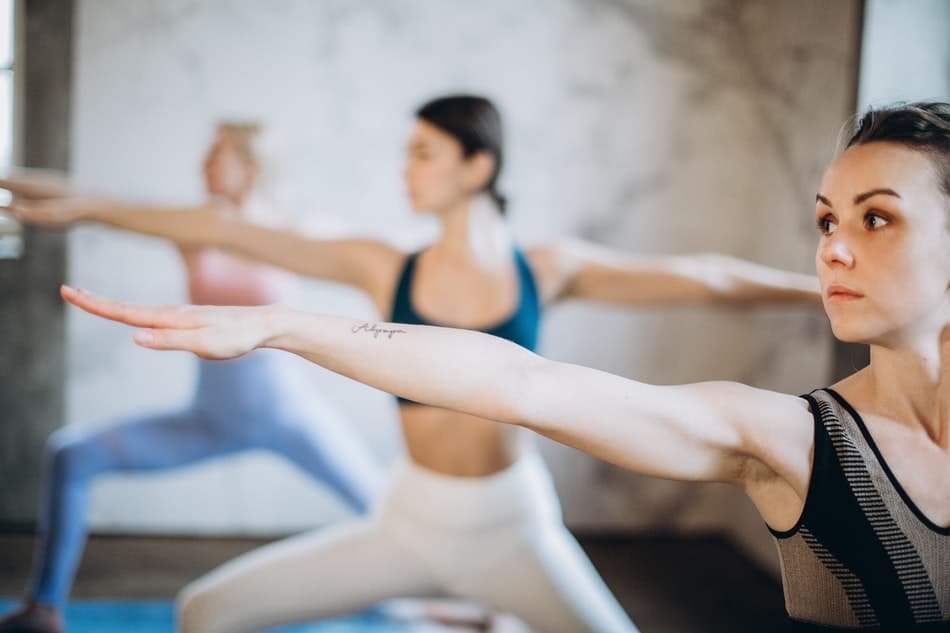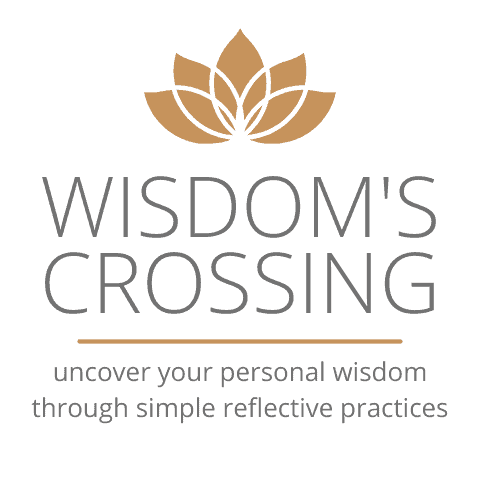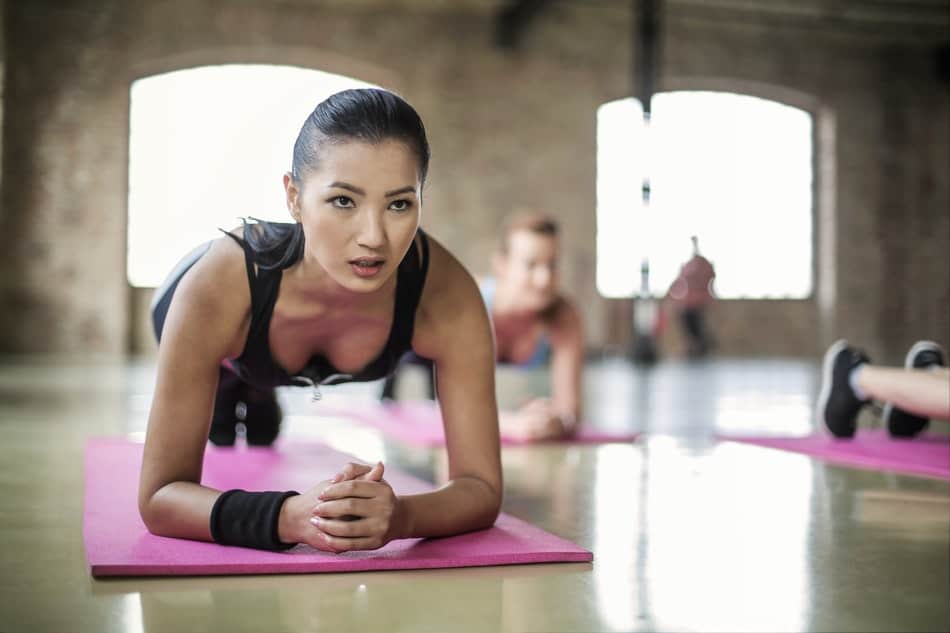Do you want to learn how to teach restorative yoga? If so, this article is for you! I will discuss the basics of teaching this type of yoga. I will cover everything from the benefits of restorative yoga to the poses that are typically included in a class. I will also provide tips for creating a safe and effective class. So, whether you are a beginner or an experienced teacher, read on for all the information you need to start teaching restorative yoga classes.
If you’re interested in teaching restorative yoga, there are a few things you should keep in mind. First, it’s important to create a safe and supportive environment for your students. Once you’ve created a safe and supportive environment, you can begin to teach the basic principles of restorative yoga.
Benefits Of Being A Restorative Yoga Teacher
If you’re considering a career in yoga, you may be wondering what the benefits of being a restorative yoga teacher are. Here are four benefits of teaching restorative yoga:
- First, teaching restorative yoga can be very rewarding. Seeing students achieve physical and mental peace through your guidance can be an incredibly fulfilling experience.
- Second, teaching restorative yoga can provide a sense of stability and routine in your life. Knowing that you have classes to teach on certain days can help you to maintain a healthy work-life balance.
- Third, as a restorative yoga teacher, you’ll have the opportunity to meet and connect with people from all walks of life. You may even find that some of your students become lifelong friends.
- Fourth, teaching restorative yoga can be financially rewarding. Not only can you earn a competitive salary, but you may also be able to offer private classes or workshops that command a higher rate.
If you’re looking for a career that is both personally and professionally fulfilling, then teaching restorative yoga may be the perfect choice for you. Give it some thought and see if it feels like the right fit for you. Let me give you some tips you can begin with.

How To Teach Restorative Yoga
To find a teacher training that feels like the right fit, do your research. Read reviews, look at the curriculum, and make sure the program is accredited. Once you’ve found a training you’re interested in, reach out to the instructors and ask questions. Find out their experience teaching restorative yoga and see if they have any suggestions for getting started.
If you’re new to yoga, start with a beginner’s class or private lesson before signing up for teacher training. This will give you an idea of what to expect and whether or not you enjoy the practice. If you’re already familiar with yoga, consider taking an advanced class to learn more about different poses and techniques.
Once you’ve completed your teacher training, it’s time to start teaching! You can begin by offering private lessons or small group classes. As you build up your experience, you can start teaching larger classes and workshops.
When it comes to teaching restorative yoga, there are a few key things to keep in mind. First and foremost, it is important to create a safe and comfortable space for your students. This means that the room should be warm, quiet, and free from any distractions. It is also important to provide props such as blankets, bolsters, and blocks so that students can fully support their bodies during the practice.
Once you have created a supportive environment, you can begin to teach the poses. When teaching restorative yoga, it is important to move slowly and deliberately so that students can focus on their breath and relaxation. Each pose should be held for several minutes so that students have time to truly let go of tension in their bodies.
If you keep these things in mind, you will be well on your way to teaching a successful restorative yoga class. Your students will thank you for creating a safe and supportive space where they can relax and rejuvenate.
How Do You Keep Your Students Safe During Restorative Yoga?
There are a few things to keep in mind when practicing restorative yoga with students. Be sure that they are comfortable and supported in each pose. Here are some tips on how to do both:
To ensure your students are comfortable, use props such as blankets, bolsters, and blocks. This will help them feel supported and secure while they practice. You can also offer gentle adjustments or massage if needed.
To create a safe and calming environment, choose soothing music and dim the lights. You may also want to use essential oils or incense to create a relaxing atmosphere. Finally, be sure to give your students plenty of time to relax in each pose.
By following these tips, you can help your students feel safe and comfortable while they practice restorative yoga. This in turn will allow them to fully reap the benefits of this calming and healing practice.
How To Structure A Restorative Yoga Class
There are a few different ways that you can structure a restorative yoga class as a teacher. One way is to have the students lie down on their mats for the majority of the class. You can start with some gentle stretches and then move into some deeper relaxation poses. Make sure to give plenty of options for props so that everyone is comfortable.
Another way to structure a restorative yoga class is to have students sitting in chairs for the majority of the class. This can be especially helpful for those who have trouble getting comfortable on the floor. You can still do some gentle stretches and relaxation poses, but make sure to focus on breath work as well. No matter how you choose to structure your class, make sure that you leave plenty of time for students to relax and just breathe.
Final Words
If you’re interested in teaching restorative yoga, the bottom line is that it’s important to be patient, gentle, and encouraging. You’ll need to be able to provide clear instructions and demonstrations and be comfortable helping students find the props they need to feel comfortable.
Related Articles

